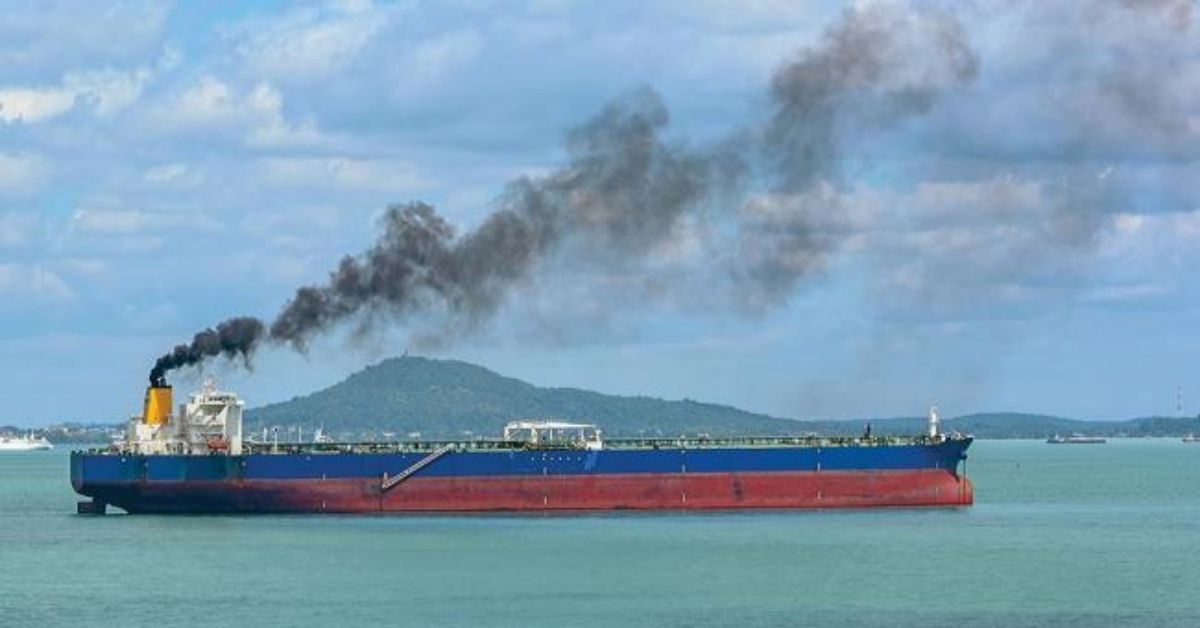The top 13 ocean container shipping trades in Xeneta are measured for carbon emissions by the Xeneta and Marine Benchmark Carbon Emissions Index (CEI). In Q3, the index reached its highest position ever, 107.9, up 12.2% from the previous year prior to the Red Sea crisis.
According to Xeneta’s study, the CEI is based on Q1 2018, hence any value greater than 100 signifies that carbon emissions per tonne of cargo transported are higher than they were during that time frame. This is only the second time the 100-point threshold has been crossed; the first occurred in Q1, right after the Red Sea escalation.
In a year-over-year (y-o-y) comparison, the impact of the crisis on the CEI is most obvious. In Q3 2024, emissions from the four trades most affected by diversions around the Cape of Hope increased by over 30% compared to Q3 2023 (the two fronthauls and two backhauls connecting the Far East with North Europe and Mediterranean).
The Far East to Mediterranean commerce has increased by 60.1% year over year, while the backhaul has increased by 46.3%.
The report points out that the trade from North Europe to the East Coast of South America witnessed a y-o-y CEI rise of more than 30% in Q3, even though it did not pass through the Red Sea or the Suez Canal.
The report continues by saying that comparing Q3 and Q2 sheds light on how the Red Sea conflict may change the CEI in 2024.
In Q3, the US East Coast to North Europe saw a 19.7% increase and the US West Coast to Far East saw a 40.3% increase.
Increased speed as carriers scramble to get their ships back for their next planned sailing is another factor contributing to greater emissions on backhaul trades. The average sailing speed has reached multi-year highs in a number of trades. In Q3, for instance, the average sailing speed from North Europe to the Far East increased to 16.2 knots, the highest level since Q3 2022. Additionally, this marked the final instance in which the average sailing speed from the US West Coast to the Far East exceeded that of Q3 2024.








